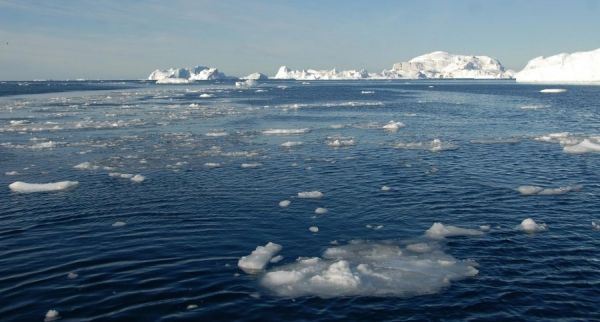A range of less than one degree Fahrenheit (or half a degree Celsius) of climate warming over the next century could make all the difference when it comes to the probability of future ice-free summers in the Arctic, new CU Boulder research shows.
The findings, which were published today in the journal Nature Climate Change, show that limiting warming to 2.7 degrees Fahrenheit (1.5 degrees Celsius) would reduce the likelihood of an ice-free Arctic summer to 30 percent by the year 2100, whereas warming by 3.6 degrees Fahrenheit (2 degrees Celsius) would make at least one ice-free summer certain.
“I didn’t expect to find that half a degree Celsius would make a big difference, but it really does,” said Alexandra Jahn, author of the study and an assistant professor in CU Boulder’s Department of Atmospheric and Oceanic Sciences and a fellow in the Institute of Arctic and Alpine Research (INSTAAR). “At 1.5 degrees Celsius, half of the time we stay within our current summer sea ice regime whereas if we reach 2 degrees of warming, the summer sea ice area will always be below what we have experienced in recent decades.”
Continue reading at University of Colorado - Boulder.
Image via University of Colorado - Boulder.


